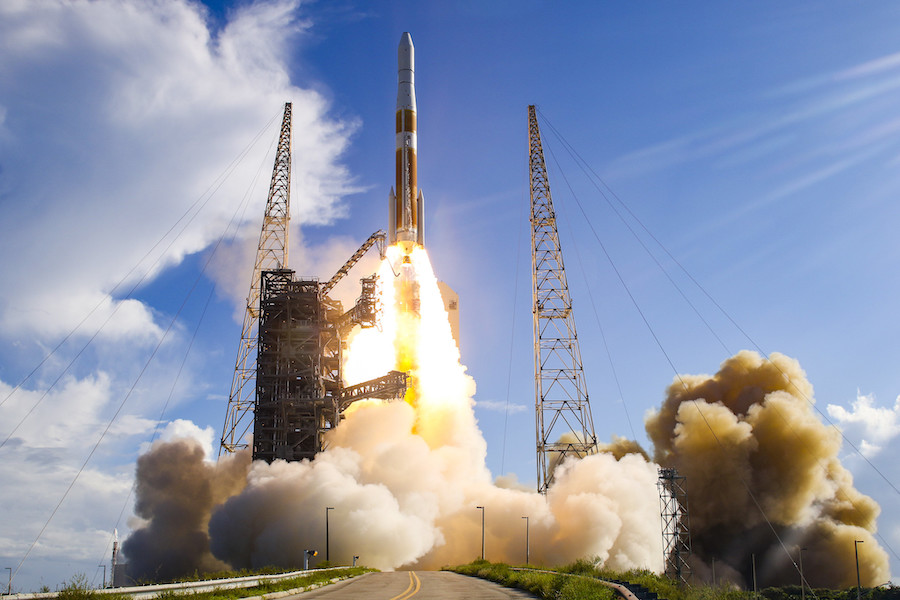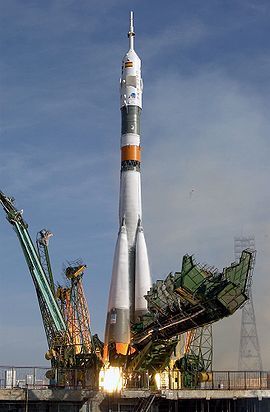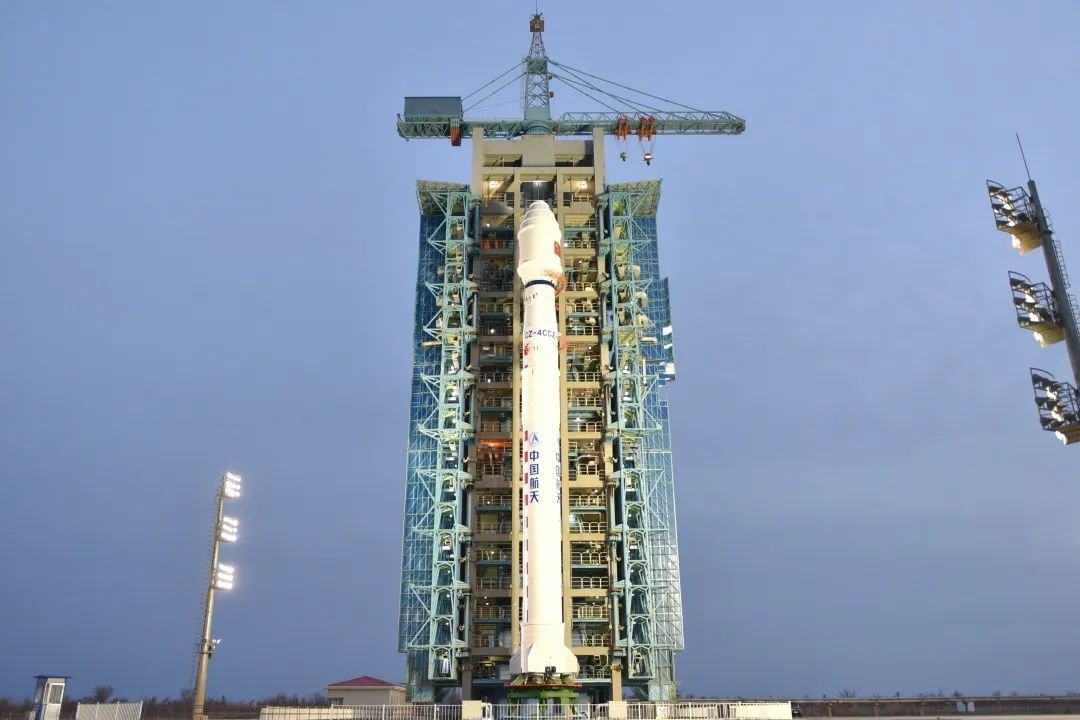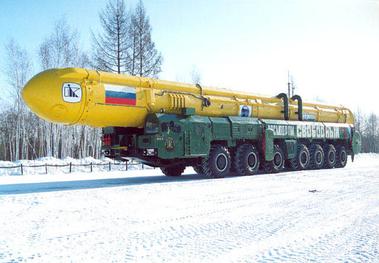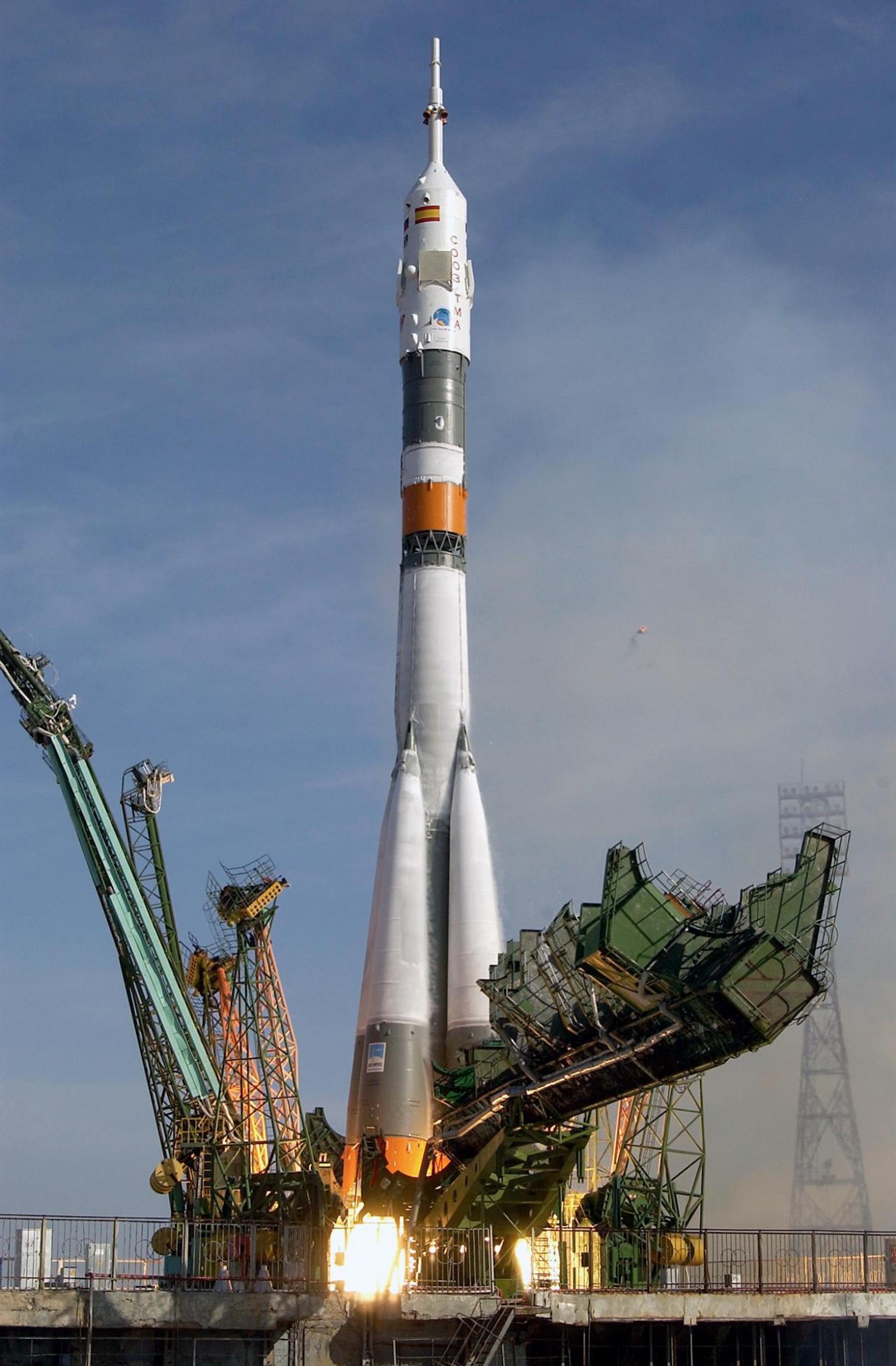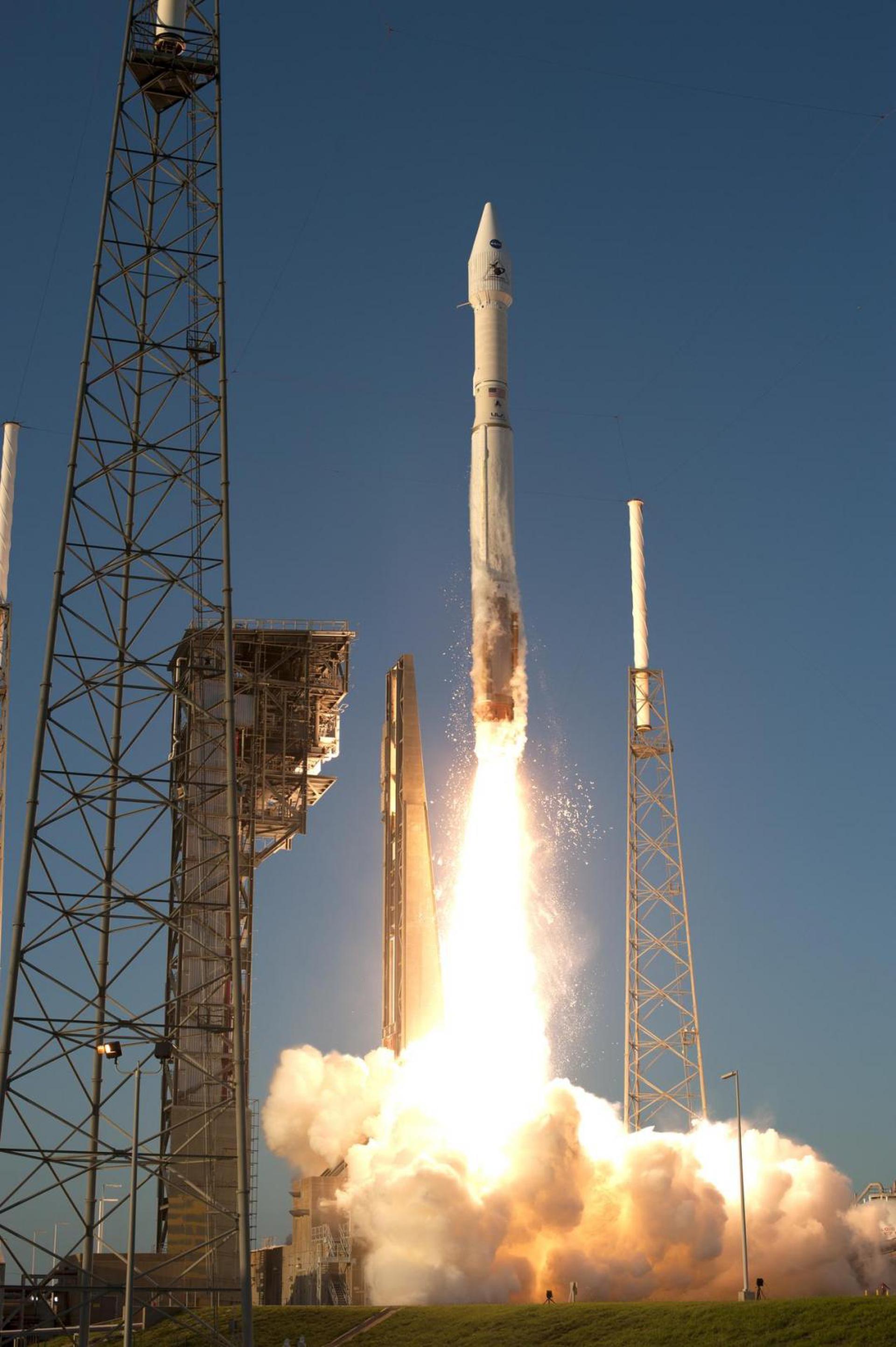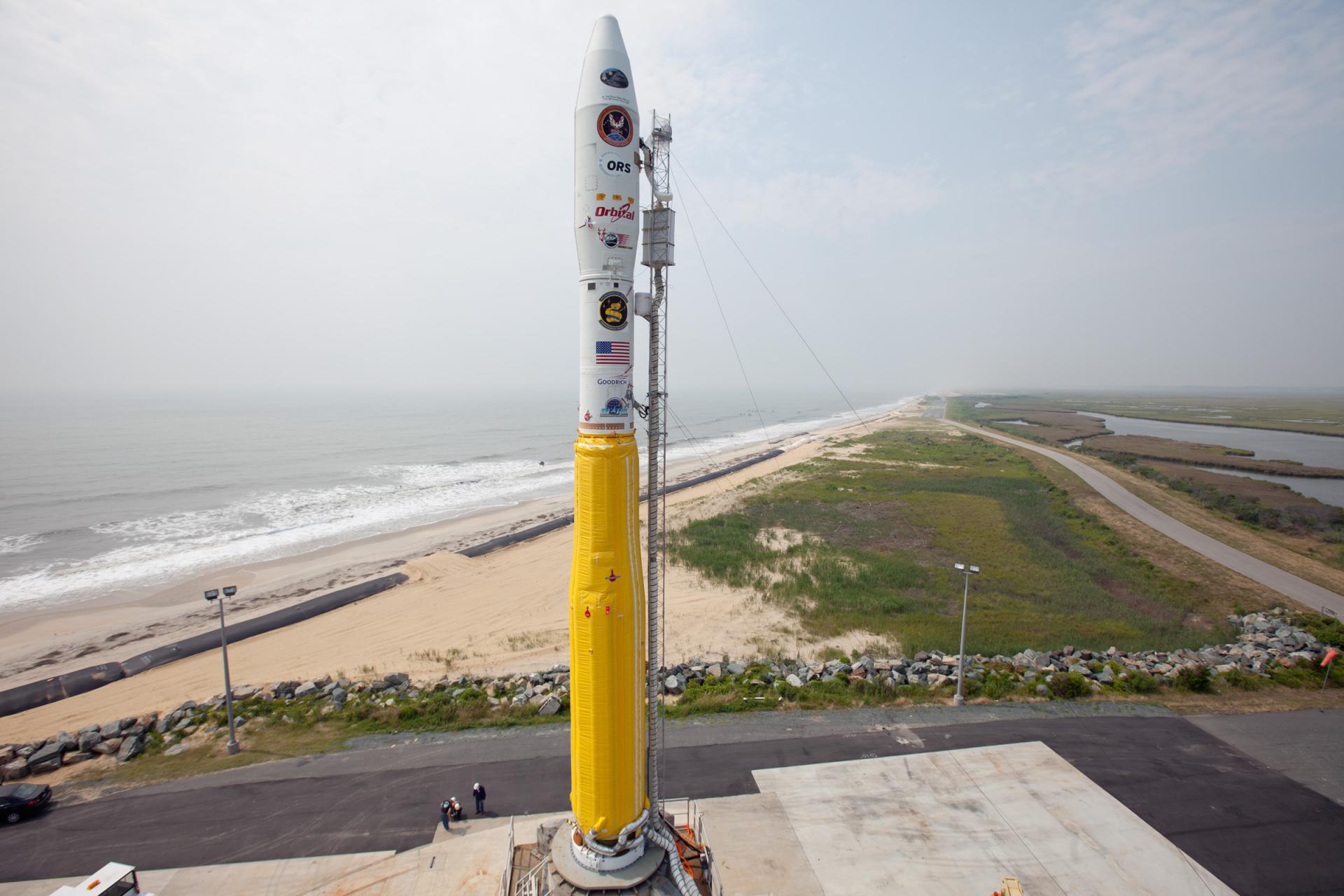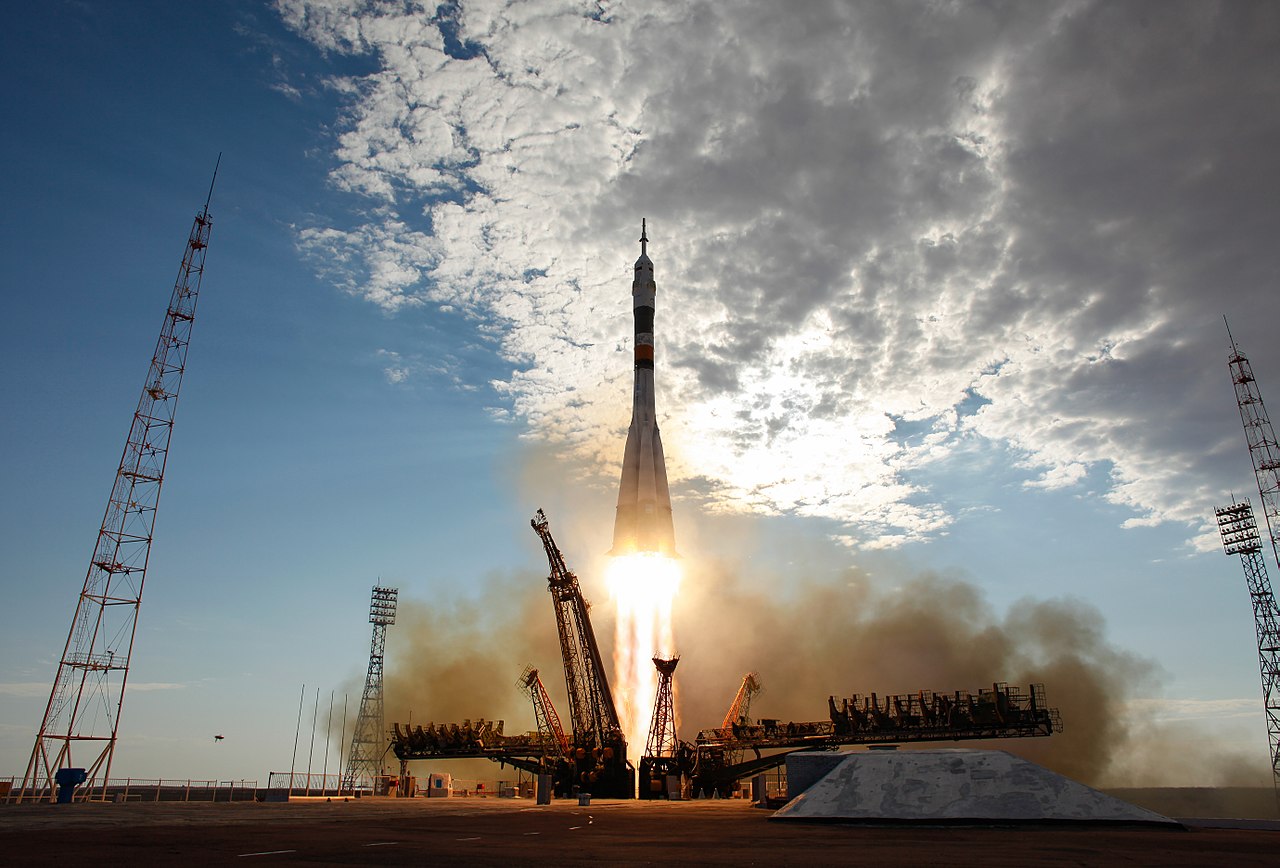Previous Spaceflight Launches
Filter by Agency, Locations or Vehicles
Show All LaunchesDelta IV M+(4,2) | GOES 13
United Launch Alliance | United States of AmericaCape Canaveral SFS, FL, USA
May 24, 2006, 10:11 p.m.
Status: Launch Successful
Mission:
In January 1998, Boeing Satellite Systems, Inc.(BSS), of El Segundo, Calif., was awarded a contract from NASA's Goddard Space Flight Center in Greenbelt, Md. The contract includes the design, manufacture, integration and launch of two Geostationary Operational Environmental Satellites, GOES N and GOES O, with options for GOES P and GOES Q. The GOES program is funded and operated by the National Oceanic and Atmospheric Administration (NOAA).
Geostationary OrbitSoyuz-U-PVB | Yantar-4K2M 2
Progress Rocket Space Center | RussiaPlesetsk Cosmodrome, Russian Federation
May 3, 2006, 5:38 p.m.
Delta 7420-10C | Cloudsat
McDonnell Douglas | United States of AmericaVandenberg SFB, CA, USA
April 28, 2006, 10:02 a.m.
Status: Launch Successful
Mission:
CloudSat is a satellite which uses millimeter-wavelength radar to measure the altitude and properties of clouds. Advanced cloud-profiling radar gathers information on the vertical structure of highly dynamic cloud systems. This new information provides the first global measurements of cloud properties that will help scientists compile a database of cloud measurements to improve how clouds are represented in global climate and numerical weather prediction models.
Medium Earth OrbitLong March 4C | Yaogan Weixing 1
China Aerospace Science and Technology Corporation | ChinaTaiyuan Satellite Launch Center, People's Republic of China
April 26, 2006, 10:48 p.m.
Status: Launch Successful
Mission:
The Yaogan 1 (Remote Sensing Satellite-1) government remote sensing satellite, likely also used as a military reconnaissance satellite, was launched by CZ-4C rocket from China's Taiyuan space center on 26 April 2006. It is China's first space-based synthetic aperture radar (SAR) system. The military designation of the satellite is Jian Bing-5 (JB-5). The whole development project was funded by the PLA.
Sun-Synchronous OrbitStart-1 | EROS B
Moscow Institute of Thermal Technology | RussiaSvobodny Cosmodrome, Russian Federation
April 25, 2006, 4:47 p.m.
Status: Launch Successful
Mission:
In order to address market demand for faster revisit of EROS (Earth Resources Observation Systems B) satellites, ImageSat has purchased the EROS B satellite, which is scheduled for launch during the first quarter of 2006. Similar in appearance to EROS A, the new satellite has superior capabilities, including a larger camera of CCD/TDI type (Charge Coupled Device/Time Delay Integration), with standard panchromatic resolution of 0.70 m at an altitude of about 500 km, a larger on-board recorder, improved pointing accuracy and a faster data communication link.
Low Earth OrbitSoyuz U | Progress M-56
Russian Federal Space Agency (ROSCOSMOS) | RussiaBaikonur Cosmodrome, Republic of Kazakhstan
April 24, 2006, 4:03 p.m.
Atlas V 411 | Astra 1KR
United Launch Alliance | United States of AmericaCape Canaveral SFS, FL, USA
April 20, 2006, 8:27 p.m.
Status: Launch Successful
Mission:
SES ASTRA ordered two new Astra satellite in June 2003. The satellites, designated Astra 1KR and Astra 1L will provide distribution of direct-to-home broadcast services across Europe following their scheduled launches in the second half of 2005 and 2006 respectively. Astra 1KR, an all Ku-band spacecraft with 32 active transponders, will be located at 19.2 degrees East longitude. Both spacecraft will be based on the award winning A2100AXS platform, manufactured by Lockheed Martin Commercial Space Systems, Newtown, Pa., and each will have a minimum service life of 15 years.
Geostationary OrbitMinotaur I | COSMIC 1-6
Orbital Sciences Corporation | United States of AmericaVandenberg SFB, CA, USA
April 15, 2006, 1:40 a.m.
Status: Launch Successful
Mission:
In early 2001, the National Space Program Office (NSPO) of Taiwan, Republic of China, selected Orbital for a $56 million contract for the ROCSAT-3/COSMIC (Republic of China Satellite / Constellation Observing System for Meteorology, Ionosphere and Climate) program. ROCSAT was renamed FORMOSAT in December 2004. The FORMOSAT-3/COSMIC program is an international collaboration between Taiwan and the United States that will use a constellation of six remote sensing microsatellites to collect atmospheric data for weather prediction and for ionosphere, climate and gravity research. Data from the satellites will be made freely available to the international scientific community in near real-time.
Low Earth OrbitZenit | JCSAT 5A
Sea Launch | RussiaSea Launch
April 12, 2006, 11:29 p.m.
Soyuz-FG | Soyuz TMA-8
Progress Rocket Space Center | RussiaBaikonur Cosmodrome, Republic of Kazakhstan
March 30, 2006, 2:30 a.m.
Status: Launch Successful
Mission:
Soyuz TMA-8 begins Expedition 13 by carrying 3 astronauts and cosmonauts to the International Space Station. Russian Commander, cosmonaut Pavel Vinogradov alongside Flight Engineers, Jeffrey Williams (NASA) & spaceflight participant Marcos Pontes (Space Adventures) will launch aboard the Soyuz spacecraft from the Baikonur Cosmodrome in Kazakhstan and then rendezvous with the station. It landed on September 29, 2006, 01:13 UTC
Low Earth Orbit